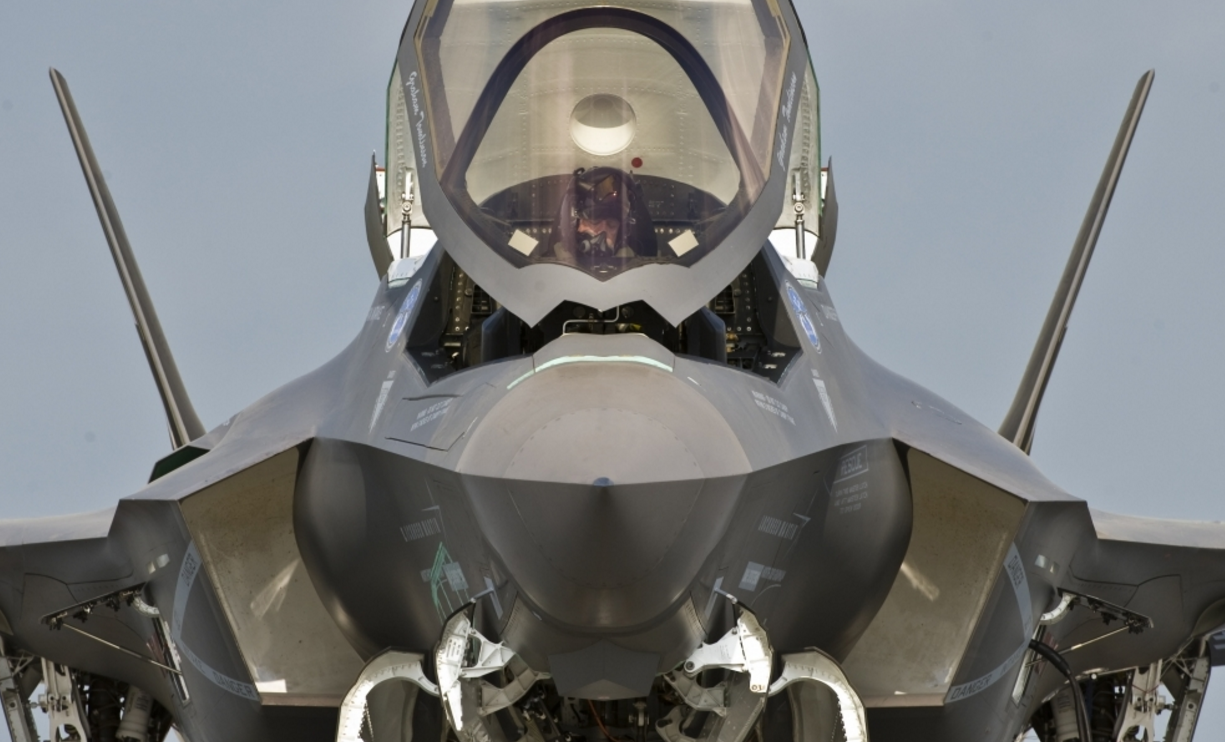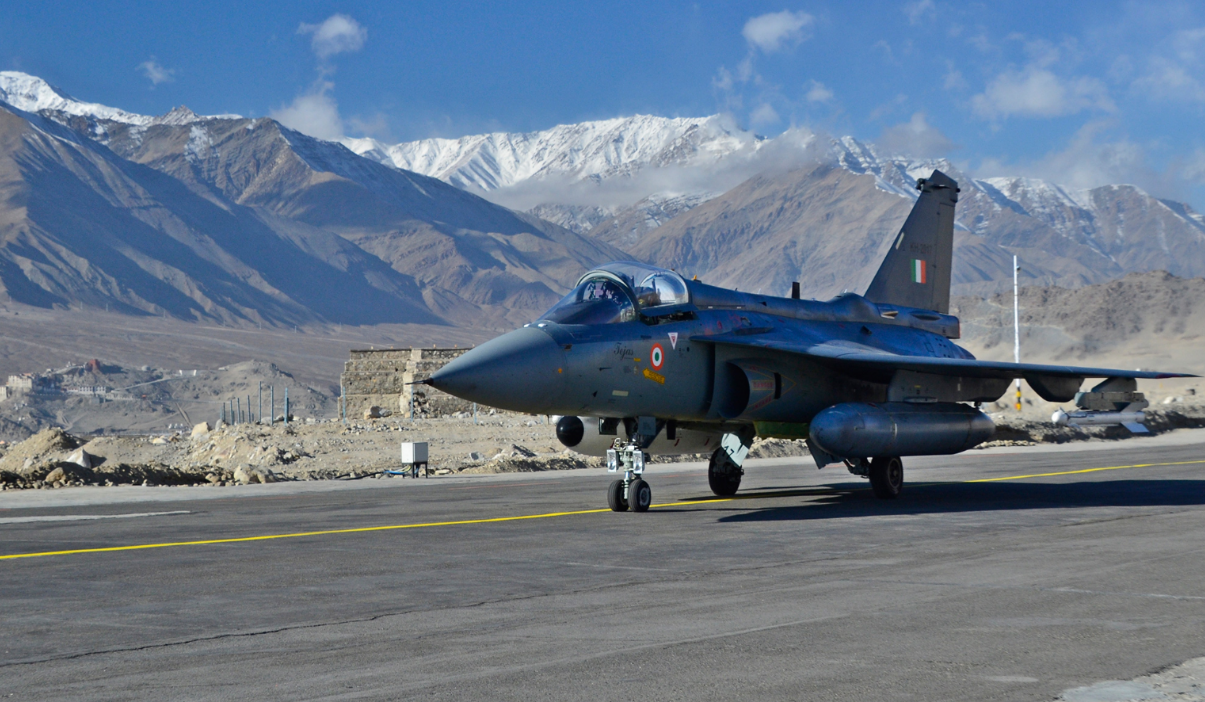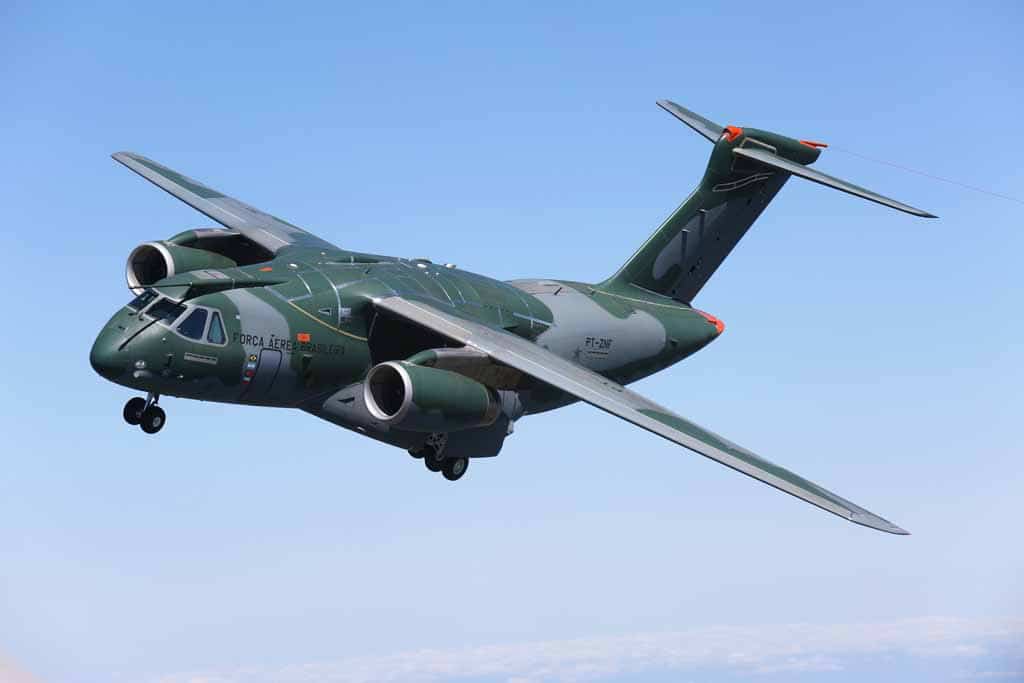2949Views 7Comments

USAF F-35s are ready for combat
After 15 years of tumultuous and costly development, the Lockheed Martin F-35A was finally declared combat ready by the U.S. Air Force (USAF), its largest firm buyer. The U.S. Air Force’s decision follows the U.S. Marine Corps (USMC), which declared its first F-35 squadron combat-ready in 2015.
“The U.S. Air Force decision to make the 15 F-35As … combat ready sends a simple and powerful message to America’s friends and foes alike – the F-35 can do its mission,” said Lieutenant General Chris Bogdan, the Lightning II program’s chief.
With 15 currently in service, the U.S. Air Force intends to procure a total of 1,763 F-35As. The U.S. Marine Corps is planning to acquire 340 F-35Bs and 80 F-35Cs, and the U.S. Navy is seeking 260 F-35Cs. In addition, the Lightning II will see orders from 10 overseas partners: Britain, Australia, Norway, Italy, Turkey, Israel, the Netherlands, Denmark, South Korea and Japan.
Comment and Analysis
In light of recent controversies surrounding the Lightning II’s costs and technical viability, it would be easy to erroneously dismiss the fighter’s value.
In reality, there are scarcely any fighters on the market today that can compete with the F-35 Lightning II in terms of its sensor and electronics warfare (EW) suite (and the sensor fusion between these systems). Combined with its low radar cross-section (RCS) – i.e. stealthy airframe – the Lightning II is a solid package.
The U.S. and the F-35’s other uses will position the fighter as a core strike asset. Paired with a range of precision-guided air-to-surface munitions, the Lightning II will be used to lead pre-emptive and high-risk air strikes, especially against high-value targets.
Countermeasures against the Lightning II – and other low-RCS fighters – will center on very high-frequency (VHF) and infrared-based sensors, which will proliferate in the defence market in the coming years. VHF can be delivered through active electronically-scanned array (AESA) radars, which could collectively (at least in theory) provide credible ‘stealth detection’ and EW protection.
Major military powers will strive to acquire low-RCS fighters and advanced sensors in parallel, so as to raise their offensive and defensive capabilities in unison. For example, Russia and China are aggressively developing stealth combat aircraft and anti-stealth sensors. It will be worth seeing how the U.S.’ vision of a future where both become common (especially in Asia and the Middle East) will materialize.
Of course, standalone assets – such as the F-35 – are merely one aspect of a complete defence system. The U.S. has a battery of very capable assets to offer the F-35 protection and extensibility in almost any combat environment; its opponents will not simply face the F-35 (or any other asset) alone. That said, the F-35 was still envisaged to fulfill a role, and with strike (for the present and future) being a key objective, the proliferation of ‘anti-stealth’ measures could deprecate the U.S.’ ability to strike targets in hostile territory.



7 Comments
by Smoking a Tejas
Actually considering the F 35 is now essentially 3 different air frames, it’s safe to say that a better plane has come about. But the cost is enough to make trump balk. Whether it’ll be the game changer everyone talks it to be it remains to be seen.
by Qasim57
What about it’s limited internal (stealthy) payload — it’s such a shame that an advanced stealthy fighter can only carry two missiles internally, without compromising on stealth.
Kind of makes one wistful for the F-16XL project. It turned the F-16 into a delta-wing design (akin to our Mirages), enabling it to efficiently supercruise, carry 2X the payload of a regular F-16 on 27 hardpoints(!!). And it even had a 40% greater range due to an increase in internal fuel carriage.
by SP
The US after the collapse of the Soviet Union had no challenger and was ahead of any competitor, which is also the reason that both F22 and F35 programs were delayed. Now that Russian and China are getting closer they have concluded their program, but probably are half way into the next generation of planes. As far as cost is concerned since the US can increase its budget deficit and print money it is not a problem, besides lot of the technologies developed will find a commercial use in the future and end up boosting the US economy. So long as the US dollar remains the worlds reserve currency the US can outspend the entire world without any cost to it and with impunity.
by Mohsin E.
Scroll down to the thread of this Aviationist article (linked below) and read the comments by user GeorgeHanshaw1. He’s a former fighter pilot, who has flown Eagles and Vipers. You will start out a skeptic, but will be convinced of his credentials the more you read his comments. It’s a long thread, as he deals with multiple F-35 fanboys who try everything they can to defend the F-35, and yet he systematically demolishes ALL of their arguments, one by one. Everything from the economics of the program, to the flight characteristics and capabilities are covered. Plus, it’s a really fun read, because this guy just DESTROYS the opposition with such skill and knowledge, it’s epic.
https://theaviationist.com/2016/07/11/f-35-pilot-explains-how-he-dominated-dogfights-against-multiple-a-4-aggressors-every-time/
by Bilal Khan - Quwa
It’s those VHF AESA radars that’d have me worried the most if I was a F-35 backer.
The sensor technology may not be up to par in performance and efficiency today, but that will never stop a piece of technology from getting better (at a continuously rising rate too). Place those sensors on good airframes and with good munitions (potentially dual-mode ARH/IRH – who knows), and the F-35 will have problems, a lot of them.
Once those next-generation fighter platforms – e.g. FC-31, KFX, TFX, etc, begin to proliferate with those sensors and munitions, then I don’t think the F-35 would be at the center of any U.S. counter strategy. We would have to be looking at something genuinely new and unprecedented, and with little to no counter. Lasers? Suicide A2A drones? Direct electronic attacks as a means to damage FBW?
by HINDOL BANDYOPADHYAY
India should collaborate with USA , to make this type of fighter jet , to counter China & Pakistan .
by Omar
yep, I think they should join Tejas and F35 programs, they will compliment each other.